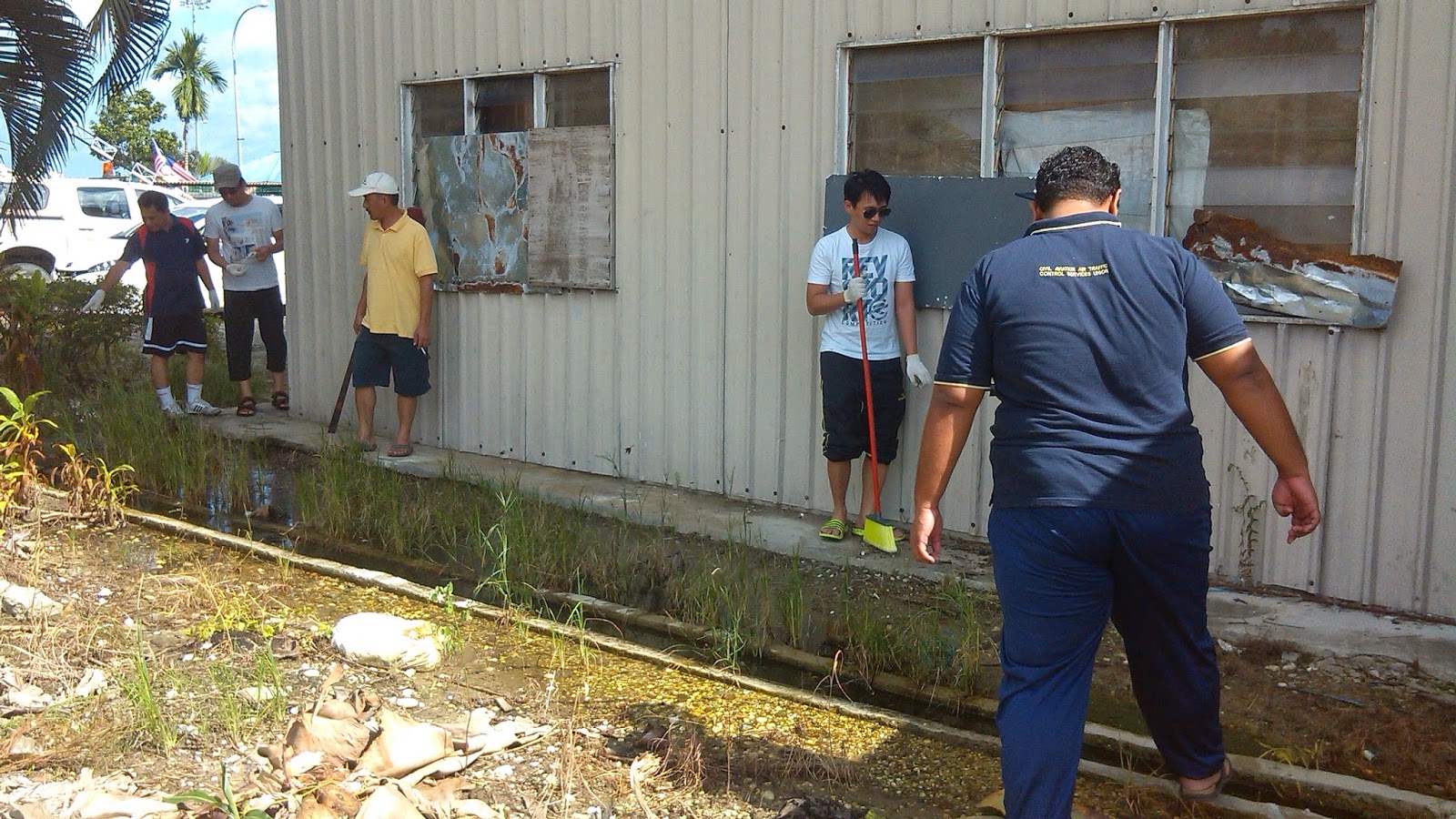Published : NST on 2 October 2014
Hello again,
KUALA LUMPUR: AIR crash investigators and forensic experts are
counting on a more detailed analysis of Malaysia Airlines flight MH17’s
flight data recorder (FDR) and the remains of passengers to build a
comprehensive picture of how the airliner was brought down and where the
“high-energy objects” that penetrated the aircraft had originated
from.
Currently, the probe is being conducted in tandem.
One area is focused on the painstaking analysis of the FDR, while
the other involves a more detailed look at the wounds on the remains of
passengers. This covers entry wounds, depth of projectile in the
remains, type of projectile, entry angle and exit wounds, if any.
Dutch Safety Board spokesman Sara Vernooij told the New Straits Times
that data from the FDR on board the Boeing 777-200ER jetliner could
help narrow down the coordinates where the aircraft was shot down.
Vernooij said besides narrowing down the coordinates, the FDR would
also reveal additional information about the status of the engines, the
aircraft’s altitude, acceleration force and the status of the onboard
systems.
It can also help investigators determine the position of flight
control surfaces, such as the flaps, aileron, horizontal stabilisers,
slats, spoilers and rudder.
“However, the process of encrypting the FDR will take time, as it
contains binary data (zeros and ones) that needs to be converted into
workable data before it can be analysed.
“A more detailed analysis of the data is also needed before we can
say what kind of ‘high-energy objects’ had penetrated the aircraft,”
she said.
When asked about the key information that the probe team would
focus on in the hope of pinpointing the perpetrators, Vernooij refused
to comment, adding that it would be covered in the final report.
Department of Civil Aviation director-general Datuk Azharuddin
Abdul Rahman said he could not say for certain if the FDR could
determine the trajectory of the high-speed objects that had penetrated
the aircraft and brought it down.
“I was there in Farnborough in the United Kingdom when the investigators analysed the data from both black boxes.
“As stated in the preliminary report, there were no abnormalities or
warning signs heard in the cockpit voice recorder (CVR). The recording
stopped abruptly.”
However, he said, investigations were still in the early stages,
and experts would analyse the FDR and CVR more thoroughly.
Azharuddin touched on the characteristic scouring mark on the underside of the jetliner’s left wing.
Whether the FDR or CVR could have recorded the impact of the
missile on the underside of the left wing “depends on certain
circumstances”, he said.
“It depends on whether the missile exploded above or below the
aircraft, how severe the glancing blow was to the left wing and how it
had affected the handling of the airplane.”
On the forensic side of the investigations, Kuala Lumpur Hospital
pathology consultant Dr Mohd Shah Mahmood said once all the victims
had been identified and accounted for, investigators would move to
the next phase of the probe, which was to study the pattern of the
victims’ injuries and check them against their seating arrangements.
“You can see that the remains that were either intact or relatively
intact were (those of victims) sitting in the front and at the
back of the aircraft, while those who suffered the most injuries
were (seated) in the centre.
“Investigators may also notice that those who had sat in the centre of the aircraft, near the engines, suffered more serious injuries compared with those seated in the front and at the back, who did not suffer any burns.
“There are a lot of theories going around, but since the plane had
just begun its flight, the fuel tank would have been full and those
sitting near the wings (where the fuel bladders are located) would have
sustained more burns compared with the others,” he said in an
exclusive interview at the hospital.
Dr Shah said most of the remains had multiple injuries from the
impact of falling from more than 30,000 feet to the ground, adding that
many had fractured or crushed bones in several places.
“Most of the remains in the first few batches were intact.
“That is why the process of identification was faster compared with the later remains.”
He said the investigators, however, had yet to enter the next phase
of investigations as there were still victims unaccounted for,
including two Malaysians: Prime Minister Datuk Seri Najib Razak’s
step-grandmother, Siti Amirah Parawira, and Shaliza Zaini Dewa, who was
on board the aircraft with her Dutch husband and three children.
He said the remains had been analysed by the Disaster Victim
Identification (DVI) team, comprising experts from Germany, Belgium,
Australia, United Kingdom and Malaysia.
However, Dr Shah said, remains with possible criminal evidence would be examined by the DVI team from the Netherlands.
“The Malaysian DVI team had no opportunity to examine the remains of
MH17 passengers with possible criminal evidence, as they had gone
straight to the criminal investigation team handled by the Dutch DVI
team.”
He said upon the remains’ arrival in Kharkiv, Ukraine, and
later, Amsterdam, they were first scanned for chemical, biological,
radiology and nuclear explosives before going through the computed
tomography (CT) scan.
“Using the CT scan, the DVI team would later separate the remains, which may contain embedded
metals or other evidence, from the rest.
“Remains with foreign object embedded in them would be subjected to further investigation.
“This is important, as the objects could be evidence that could
help in the investigations into the downing of the airplane.”
Till then, see ya~
































